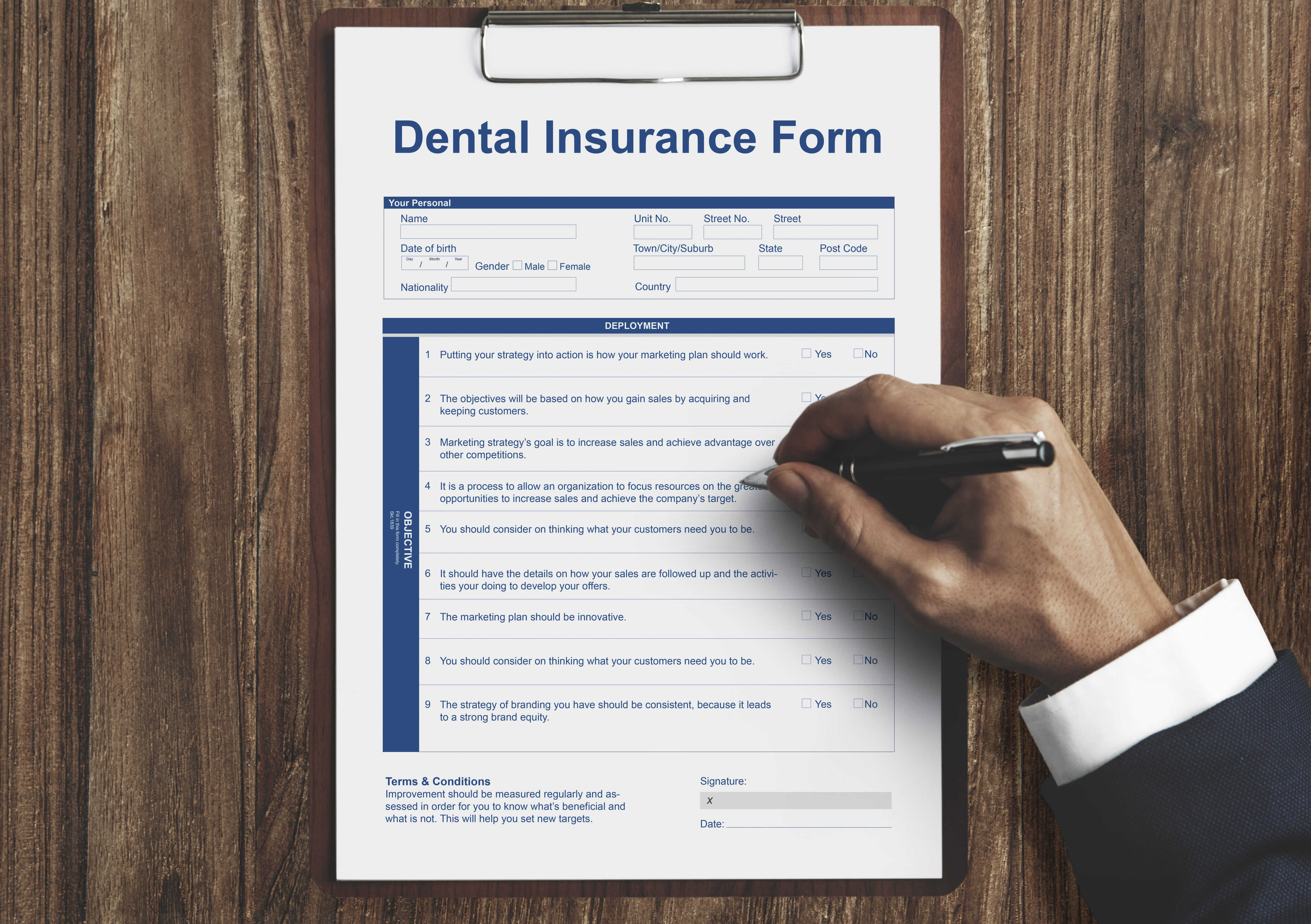Revolutionize Your Dental Practice with Teledentistry

Teledentistry has been on the rise in recent years as technology has advanced and patients have become more comfortable with virtual healthcare. If you're looking to integrate teledentistry into your dental practice, there are a few key steps you can take to ensure its success.
Why Offer Teledentistry?
Dentists may offer teledentistry to provide remote consultations, advice, and follow-up care to patients who cannot physically visit their clinic due to various reasons, such as distance, mobility issues, or time constraints. It can also help dentists save time and costs associated with in-person consultations, streamline their workflow, and expand their patient base.
How to Ensure a Successful Integration
1. Assess Your Patient's Needs
Before you begin offering teledentistry services, it's important to understand the needs and preferences of your patients. Consider conducting a survey or focus group to get feedback on what types of services they would be interested in receiving virtually.
2. Invest in the Right Technology
Teledentistry requires the right technology to be successful. This includes a secure platform for virtual consultations, high-quality cameras and microphones, and a reliable internet connection. Take the time to research and invest in the best technology for your practice.
Technologies Commonly Used in Teledentistry
Video conferencing: Video conferencing platforms allow dentists to connect with patients in real-time for virtual consultations. They can also use this technology to conduct follow-up appointments or to check in with patients between in-person visits.
Electronic health records (EHRs): EHRs allow dentists to access patient records remotely, which can be especially useful in teledentistry. Dentists can review a patient's medical and dental history, x-rays, and other important information to help inform their diagnosis and treatment plan.
Mobile apps: Mobile apps can be used to help patients track their oral health, receive reminders about appointments, and communicate with their dentist. Some apps also allow patients to take photos of their teeth and send them to their dentist for evaluation.
3. Train Your Staff
Your staff will need to be trained on the technology and processes involved in teledentistry. This includes how to set up virtual consultations, how to conduct them, and how to handle patient information securely.
Steps to Consider When Training Your Staff:
Define the goals and objectives of teledentistry: Start by clearly defining the goals and objectives of teledentistry and why it is important for your practice. Make sure your staff understands how teledentistry can benefit both the practice and patients.
Identify the technologies to be used: Identify the technologies that your practice will use for teledentistry, such as video conferencing, digital cameras, and electronic health records (EHRs). Make sure your staff understands how to use each technology and any associated software.
Develop workflows and protocols: Develop clear workflows and protocols for your staff to follow when providing teledentistry services. This should include guidelines for scheduling appointments, conducting virtual consultations, and documenting patient information.
Provide training and practice opportunities: Provide training and practice opportunities for your staff to become comfortable with teledentistry. This could include role-playing exercises or mock virtual consultations.
Emphasize patient communication and confidentiality: Make sure your staff understands the importance of clear and effective patient communication, including how to explain teledentistry to patients and how to address their concerns. It is also important to emphasize patient confidentiality and data security, and ensure that your staff is aware of the necessary protocols and procedures to protect patient information.
Monitor and evaluate performance: Monitor and evaluate your staff's performance in teledentistry to identify areas for improvement and opportunities for further training. Consider soliciting feedback from patients to help refine your teledentistry workflows and protocols.
4. Communicate with Patients
Patients will need to be informed about your new teledentistry services and what they can expect from virtual consultations. This can be done through email, your website, or by mailing out informational flyers.
5. Evaluate and Adjust
After you've launched your teledentistry services, it's important to regularly evaluate their success and make any necessary adjustments. Ask for feedback from patients and staff, and make changes to improve the overall experience.
Summary
By following these steps, you can successfully integrate teledentistry into your dental practice and provide your patients with convenient and accessible virtual healthcare services. With the right technology and approach, teledentistry can become a valuable part of your practice and help you meet the evolving needs of your patients.

















